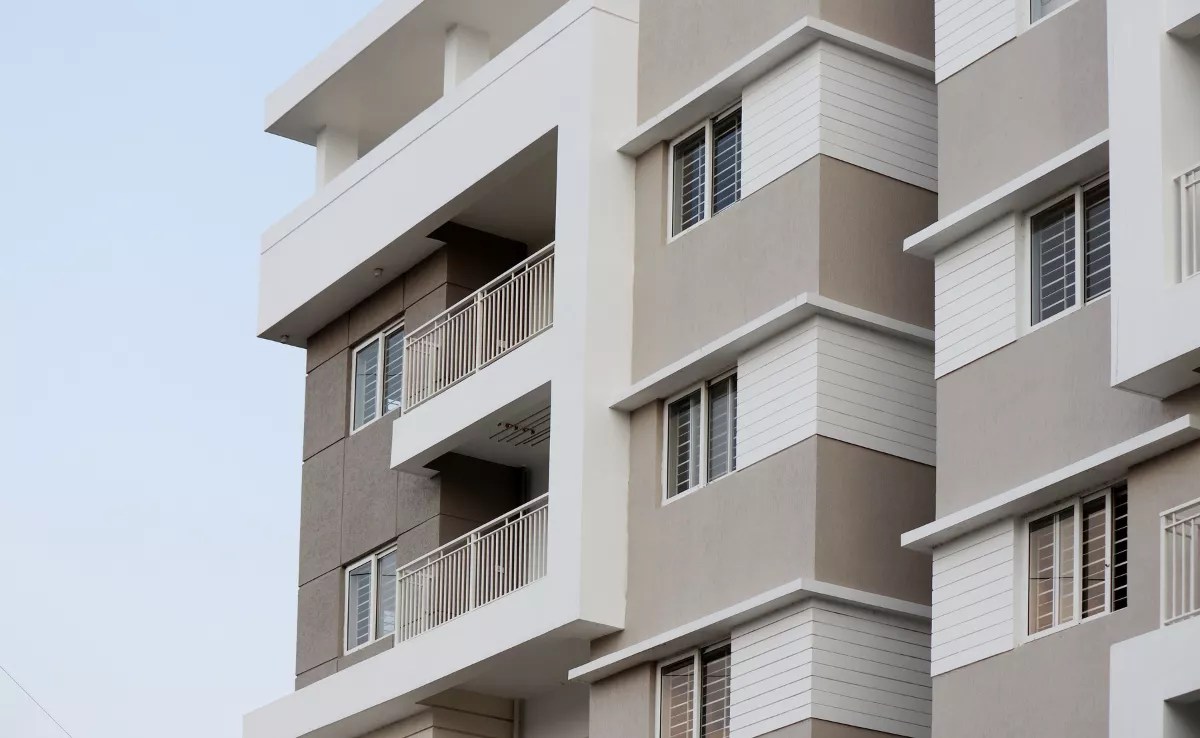The local authorities of Santa Cruz de Tenerife (CC-PP) frequently highlight that, similar to the movement against unbridled tree felling, local organisations like Urban Centro El Perenquén consist of very few members and do not reflect the predominant sentiment. Nevertheless, this particular entity has proven to be somewhat resilient, successfully winning a lawsuit against the city council (which can be contested) last May in the Superior Court of Justice of the Canary Islands regarding the restrictions imposed on vehicles due to the low emissions zone as outlined in several provisions of the ordinance. This situation bears resemblance to the Orotava administration in its time and the Coordinadora El Rincón (the initial complainant even in the Las Teresitas case, prior to Ínsula Viable) or other similar groups.
In the case of Santa Cruz, the president of El Perenquén, Silvia Irene Barrera, expresses her dismay upon witnessing the impact of the forthcoming bike lane (referred to as the Personal Mobility Network) on various central streets within the capital, where construction work is commencing in key areas such as Méndez Núñez Avenue (adjacent to the town hall or García Sanabria Park), El Pilar Street, and other significant locations in the heart of the city.

Barrera asserts that she is not against the bike lane; she recognises the positive reputation that such infrastructure has garnered over time in numerous cities and endorses sustainable mobility initiatives.
However, she contends that the project is not unfolding as it ought to, involving the removal of traffic lanes, parking, and loading zones that are vital for attempting to sustain the commerce of the central district, which, according to her claims, is deteriorating year on year and may be delivering a “death blow” to certain areas.
Moreover, she believes that the emphasis is being placed on electric scooters, particularly their use by tourists seeking quick mobility, rather than bicycles, which should align with the lane’s intended purpose. Nonetheless, she expresses concern and warns of the repercussions for “older residents, many of whom live in these areas, pregnant women, individuals with mobility challenges, or simply pedestrians who do not ride bikes or use scooters; in fact, they are alarmed by the incidents occurring, the accidents, or the speed at which some individuals are travelling.”
Her anxieties extend further as she suspects that issues concerning the drainage of rainwater may arise if the existing inlets and channels are not preserved, as she believes is already transpiring in Méndez Núñez (where a new layer of tarmac is being applied). Additionally, she does not discount the possibility of more trees being cut down and an increased number of planters and green spaces vanishing from the city’s central lung.
Tour of the impacted roads
Accompanied by Canarias Ahora, Silvia navigates through central routes like Méndez Núñez and El Pilar Street, highlighting the “traffic chaos that is already manifesting and will undoubtedly worsen during peak hours when lanes have been removed, leaving many routes with only one.” In her view, far from bolstering the reduced helmet trade, the outcome will only complicate everyday life and the struggle to survive against large retailers and emerging trends.

As early as 1994, the acclaimed Urban Plan included provisions for a bicycle lane, alongside the establishment of new parking facilities in this central region, as noted by the association. However, despite the creation of new parking spots since then in areas such as the annex to the Nuestra Señora de África market (199 spaces) and a section of San Valentín street (83 spaces), the expansion of the Callao de Lima street (covering 4,192 square metres), alongside El Pilar street (46 spaces across 1,289 metres), and La Noria (2,625 metres) remains outstanding.
The association not only holds the City Council accountable for this shortage and these issues
Canarias Now sought the perspective of the local authority in Santa Cruz since last Wednesday, yet no response has been received to date. Nonetheless, this week, the responsible councillor, the conservative Carlos Tarife (Public Services), underscored the “advancement, at a commendable pace, of the upcoming Personal Mobility Network projects.” As detailed in a press release, “construction commenced on the 13th along Méndez Núñez Street, currently reaching the vicinity of the Santa Cruz City Hall, where work has begun on the resurfacing of the bus lane, which has now been relocated to Weyler Square.” Moreover, he clarified that this action represents “the initial phase of a project boasting a budget of €1.7 million, funded by European Next Generation resources, which will encompass a total length of 16,050 metres of cycle-street and 2,420 metres of bike lane. The works aim to segregate the cycling network, with the first phase set to be completed shortly before extending along El Pilar Street.” He also noted that the work is being carried out at night “to minimise any inconvenience to local residents and the public travelling through the affected streets.”
In the view of the El Perenquén association, while the aims of this network may be reasonable, the implementation and overall design are likely to present far more challenges than advantages for the city’s centre, as well as for many of its inhabitants and its local businesses.
















